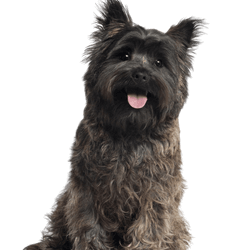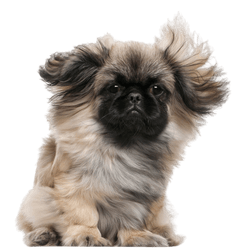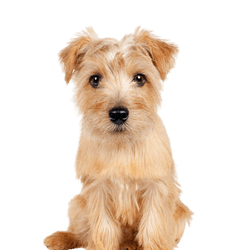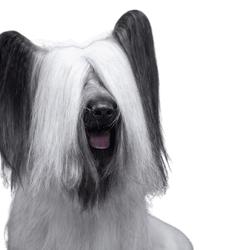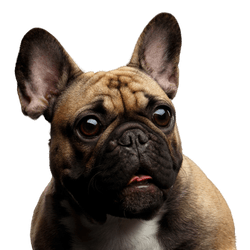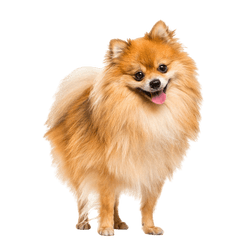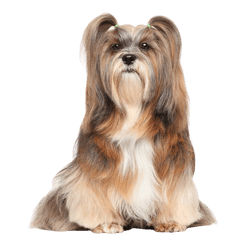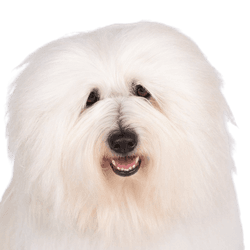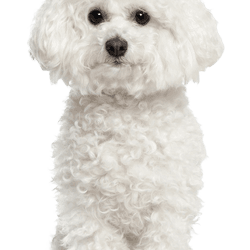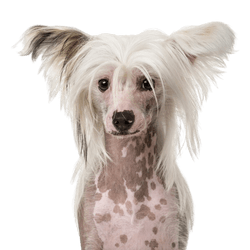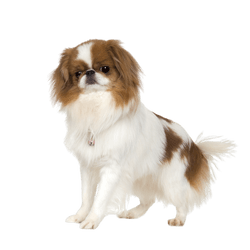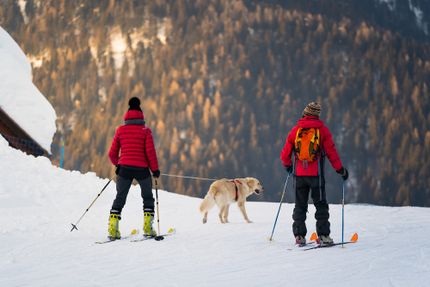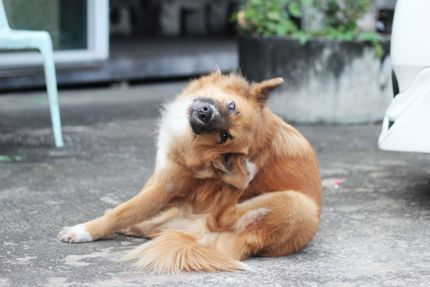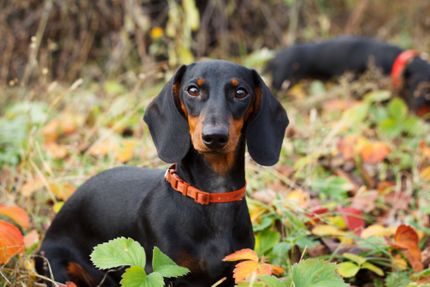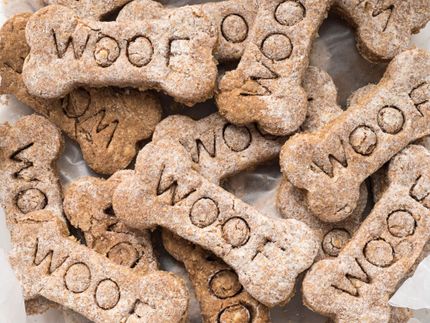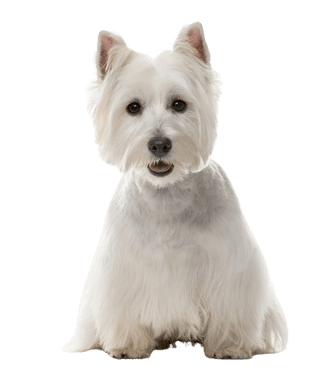
West Highland White Terrier Breed description: Character & Co
West Highland White Terrier
Facts & Origin
At least since the famous dog food advertisement from the 1990s, the West Highland White Terrier is a star among pets. Its popularity is unbroken until today. It is one of the most common dog breeds in Germany.
The origin of the West Highland White Terrier
The roots of the small agile terrier lie in Scotland. There, in the 19th century, the noble Colonel Edward Donald Malcom 16th of Poltalloch is said to have accidentally shot his Cairn Terrier while hunting. Since then it bred only white animals, which should stand out clearly from the background and small game. Cairn Terriers and later the West Highland White Terrier were traditionally used for hunting foxes, martens and otters.
Initially the breed was named "Poltalloch Terrier" after its founder. By the time the West Highland Terrier Club was founded in 1905, the naming had changed.
The breed characteristics of the West Highland White Terrier
Since a commercial for the dog food brand Cesar, the little white dog experienced a real boom. Trademarks are its beautiful white coat as well as the typical appearance. One recognizes a "Westie", as these dogs are called mostly only, immediately.
The animals developed to popular companions for older persons and families with children. Besides, there is a very fine West Highland White Terrier breeding with breed shows and beauty contests.
But the West Highland White Terrier can do much more than look beautiful. To this day, the breed has remained hardy and very durable. They are happy little dogs that simply gladden the heart of people.
At the FCI, the Westie is listed under Standard No. 85, Group 3: Terriers and Section 2: Lowland Terriers.
- small Scottish hunting dog
- well known through the television commercials for Caesar
- very popular family dog
- good companion for seniors
- always white and with typical appearance
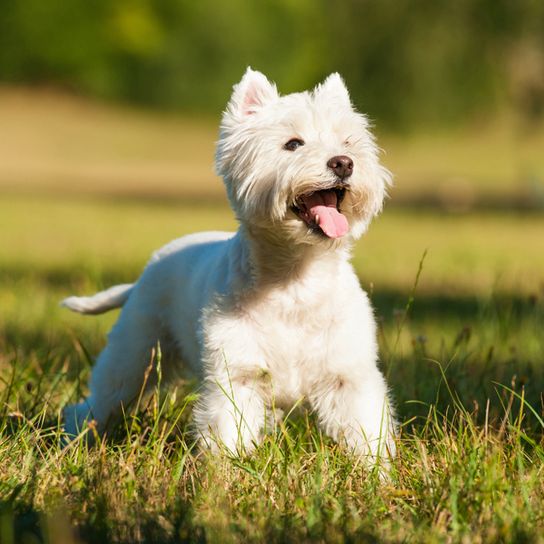
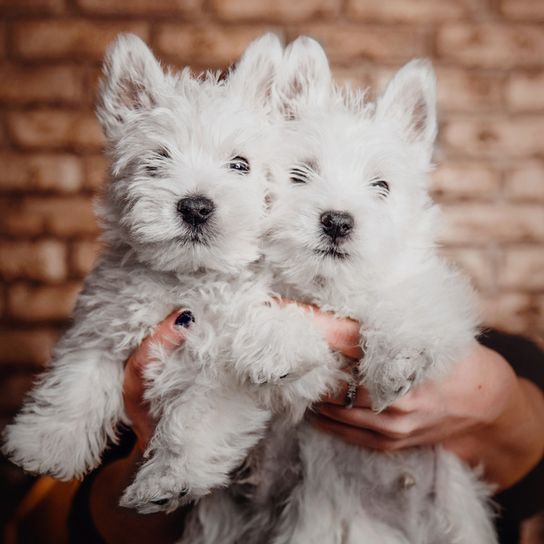
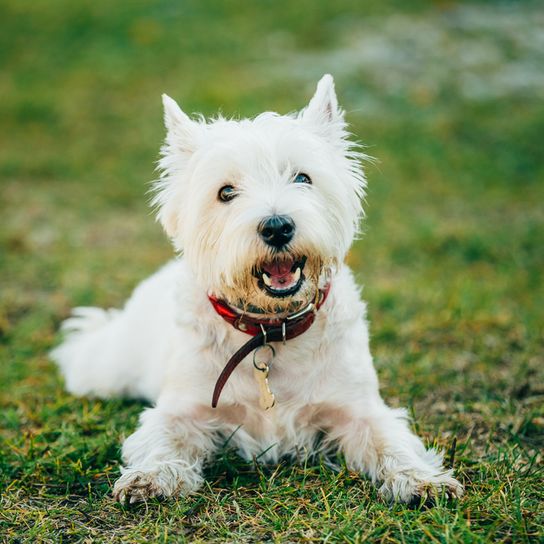

| Alternate Name | Poltalloch Terrier, Westie, West Highland Terrier, West Highland White Terrier (Westie) |
| Origin | Scotland |
| Life expectancy | 12 - 16 years |
| Care requirements | high-maintenance |
| Activity level | average |
| FCI group | Small sized Terriers |
| AKC group | Terrier Group |
| KC group | Terrier Group |
West Highland White Terrier mixes
Attitude, character and temperament of the breed
The typical character traits of the West Highland White Terrier
The little white terriers bring joy into the house! The West Highland White Terrier is usually in a good mood and loves to entertain. It likes to be the center of attention and loved by its family. Quite unlike many other terrier breeds, the Westie is not prone to nervousness or yapping. It is alert and will let you know if something unusual is around, but will then calm down.
You should not underestimate the strong hunting instinct of this dog. Its days as a hunting dog are not so long gone. The breed has remained very original and so your Westie can quickly disappear into a foxhole on a walk if you are not careful.
It is always friendly with other dogs, people and children. A West Highland White Terrier must be accustomed to small animals in the house. Usually these intelligent animals understand very quickly who belongs to the family and cats or rabbits are spared.
If you train your West Highland White Terrier puppy lovingly but firmly from an early age, you will have a loyal friend for life and will also be able to control the hunting instinct well.
- happy little dog and usually in a good mood
- wants to be the center of attention
- needs a lot of attention
- solid education necessary
- can have strong hunting instinct
Character
Usage
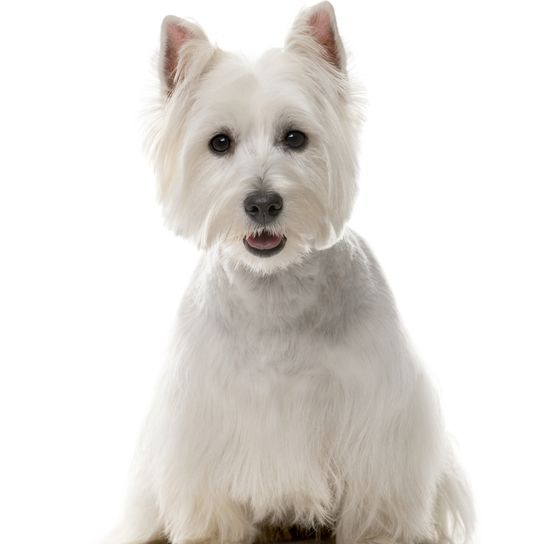

Health and breeding information
Breed typical diseases of the West Highland White Terrier
In the West Highland White Terrier breed pathological changes of the skull bone and the jaw appear more often.
These include
- Cranio-mandibular osteopathy
- Jaw misalignments
- Dental problems
Patellar luxation is considered another breed-specific condition. It leads to various forms of lameness depending on its severity.
Breeding, acquisition and keeping of the West Highland White Terrier
Keeping a Westie is not difficult. It can easily be happy even in a city apartment. However, you should have time or find someone to take care of your dog when you are not around.
You can get a West Highland White Terrier puppy from a registered breeder or from hobby breeders. A purebred with papers costs from 1000 Euro upwards.
This dog is quite common. If you don't want to buy a West Highland White Terrier, but rather adopt one, you might find one at an animal shelter.
Please never buy a dog just because it is cheap. Puppy traders from Eastern Europe breed the most popular breeds on a large scale and then offer them for sale at motorway service stations or at the roadside.


Appearance and Coat of the West Highland White Terrier
The West Highland White Terrier is a small and compactly built dog. Beneath the abundance of fur is a deep, broad chest and sturdy short legs.
The rest of the outer appearance depends very much on the way the coat has been trimmed. Long it always falls to the ground in slight waves. The expressive dark button eyes may be cut completely free or covered by some fur. The triangular pointed ears of some dogs are also covered with abundant tufts of fur.
The back of the West Highland White Terrier is short, strong and straight. The sturdy tail is of medium length and carried erect.
- Coat is always white
- must be trimmed
- small, compact and strong
- with standing tail
Size, weight and life expectancy of the West Highland White Terrier
Westis reach a shoulder height between 23 and 30 cm. The weight is between 6 and 10 kg. The differences between the sexes are hardly pronounced in this dog breed.
The Westi can easily reach an age of 12 to even 16 years.
| Fur length | medium |
| Fur | flat coated |
| Ear shape | Standing Ears |
| Tail | short |
| Anatomy | rugged |
| Size ♀ | 25 - 30 cm |
| Weight ♀ | 6 - 7 kg |
| Size ♂ | 23 - 28 cm |
| Weight ♂ | 7 - 10 kg |
| Suitable For | Children |
Colors




Known Diseases
Denture malocclusions
Malocclusions of the dentition often occur in dogs with short muzzles.
Patellar problems
Problems with the Patellar can be a displacement or weak kneecap, which is one of the most common causes of lameness in dogs, also because of overweight.
Tartar
If dogs don't get a good food or sugary food, tartar can quickly appear.
Other small dogs
Useful Articles
You can find articles that might interest you in the dogbible blog to match your favorite breed.
Visit our magazineto stay up to date on dog trends.
To find out more, view our Privacy Policy
Find here the breed that suits you and find out what character traits it has. Here you can also learn more about the origin, size and weight of your favorite breeds.
Matching your favorite breed, you'll find articles that might interest you on the dogbible dog blog.
Cute dog breeds you need to meet
What is a clicker and what does it do for dog training?
Ear infection in dogs - 5 tips and prevention of inflammation






